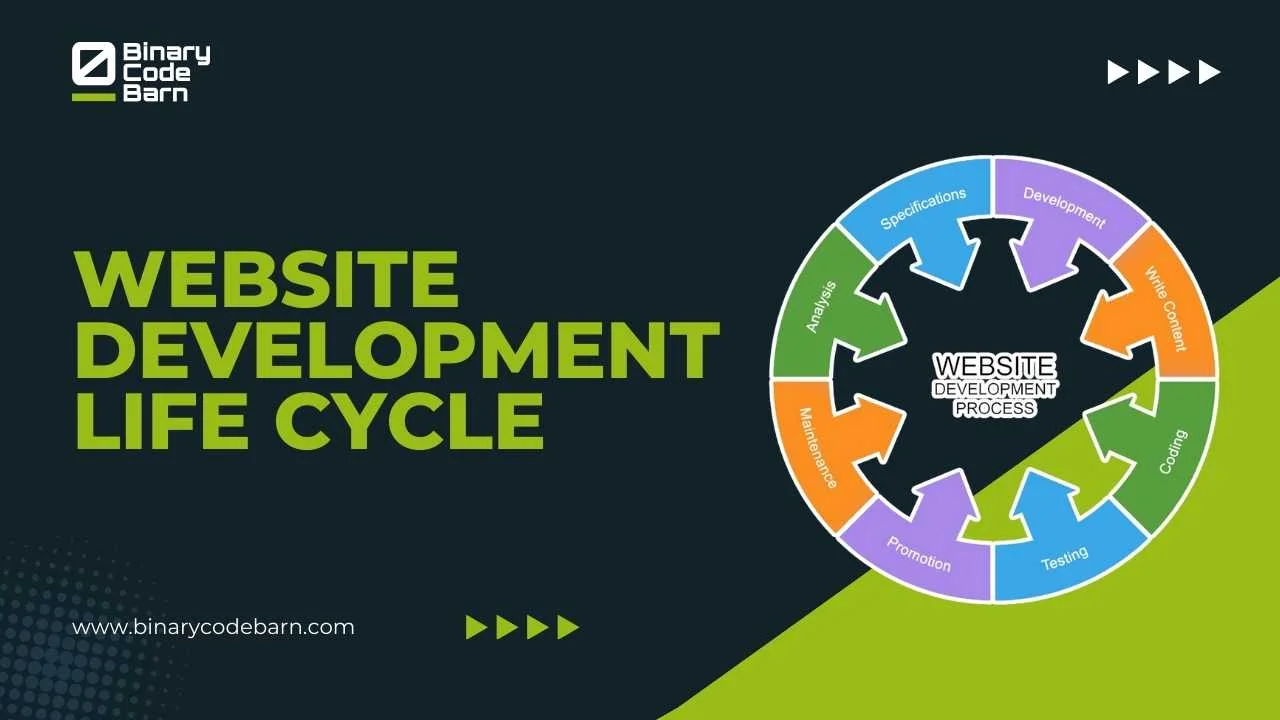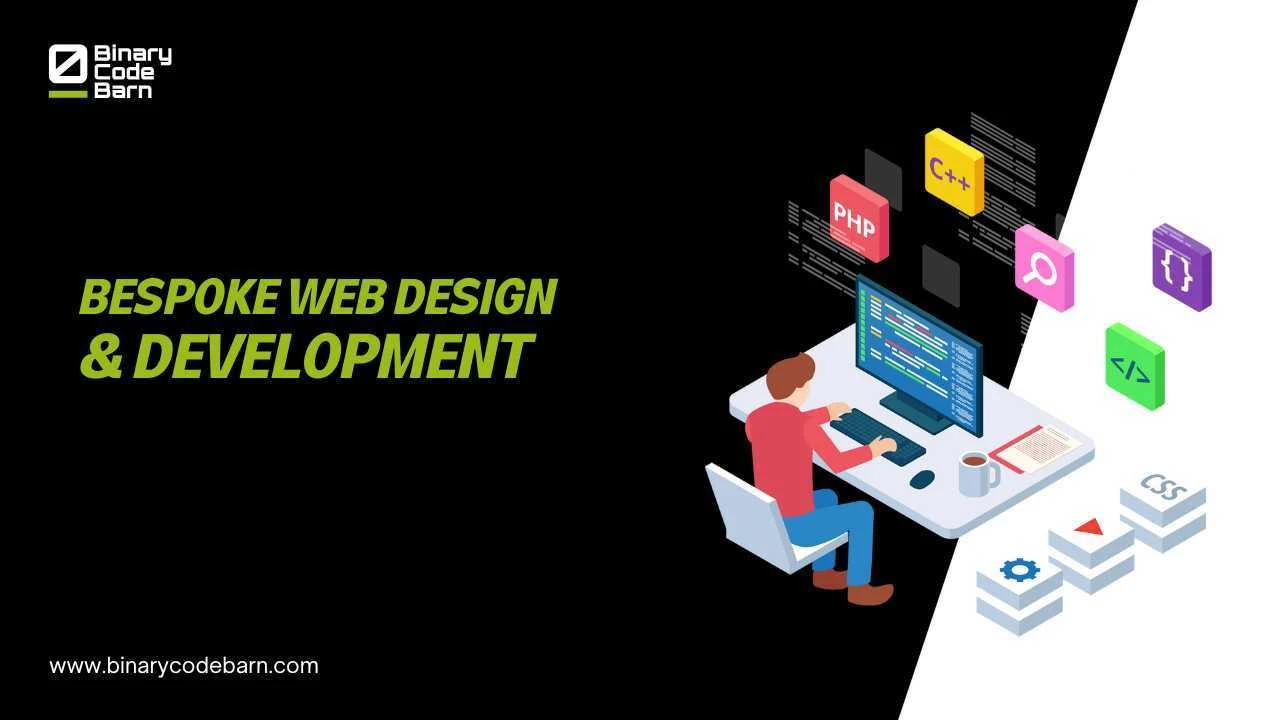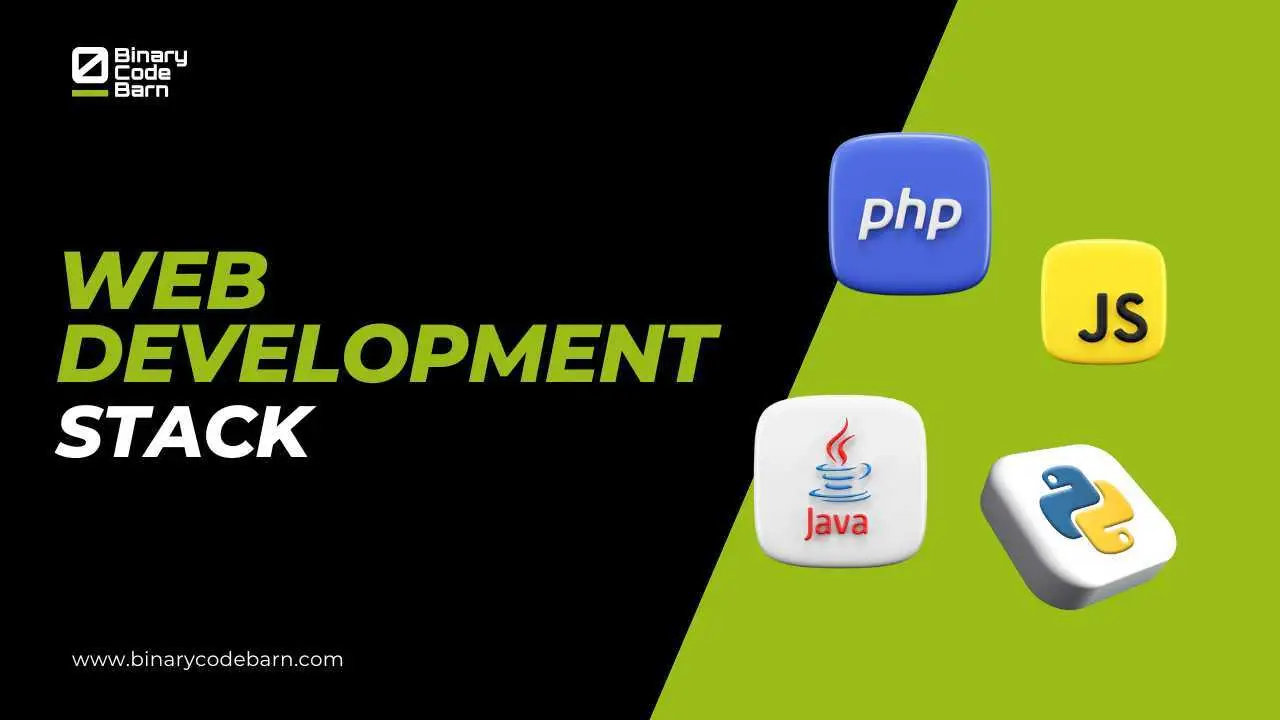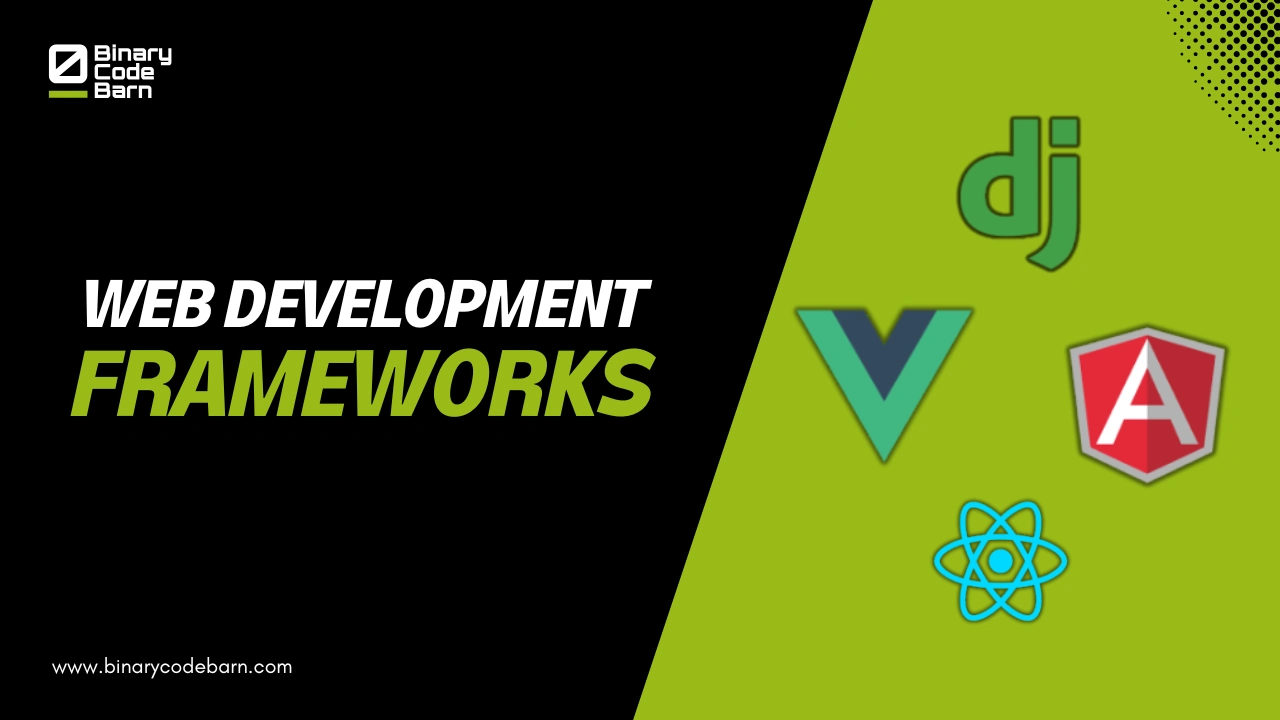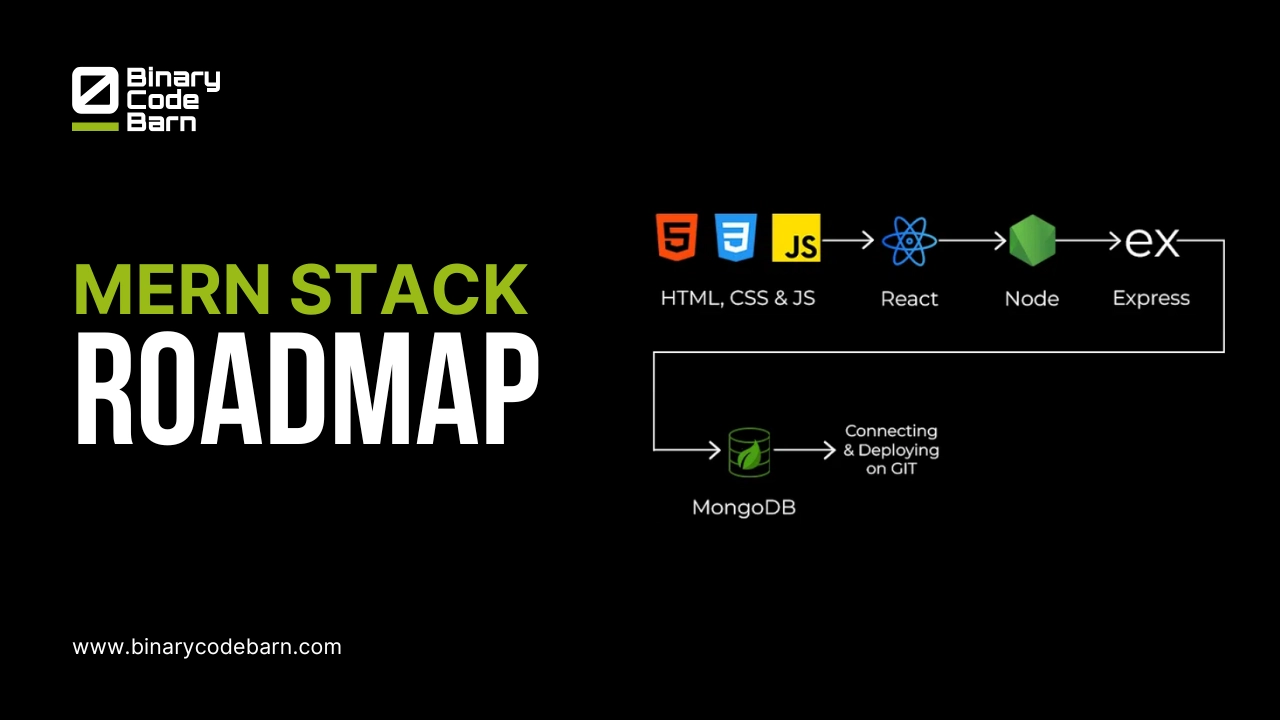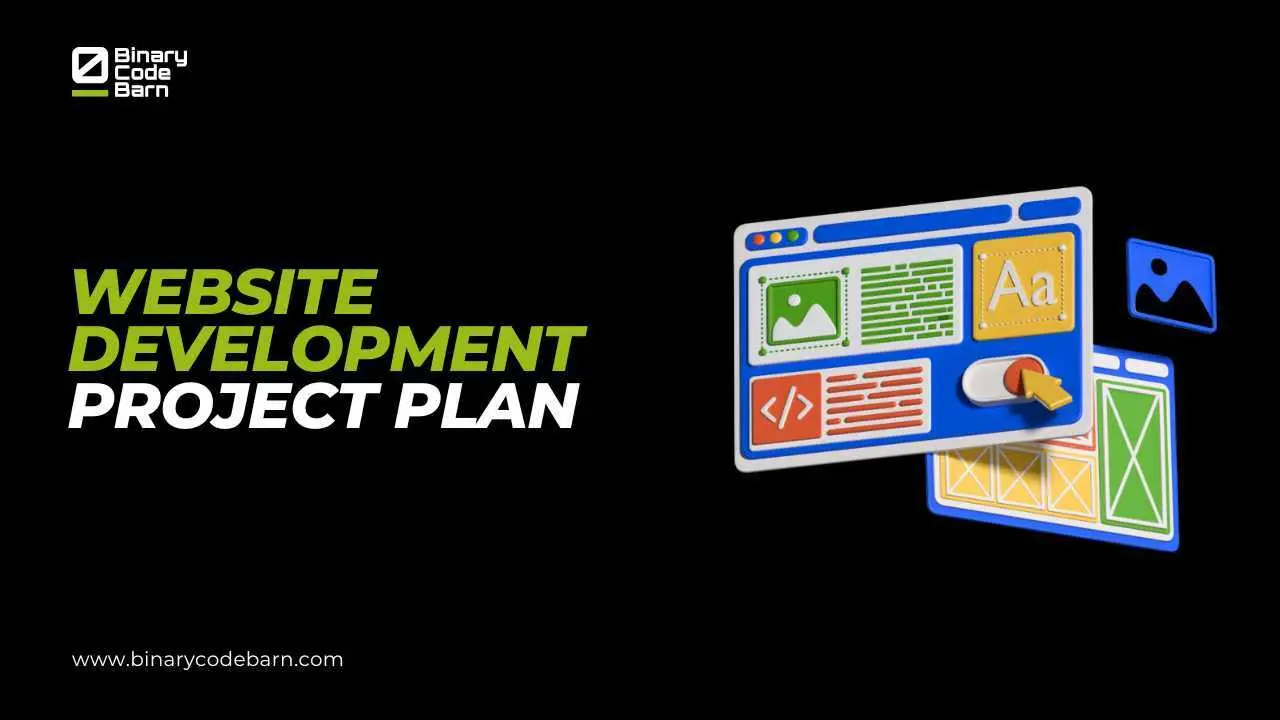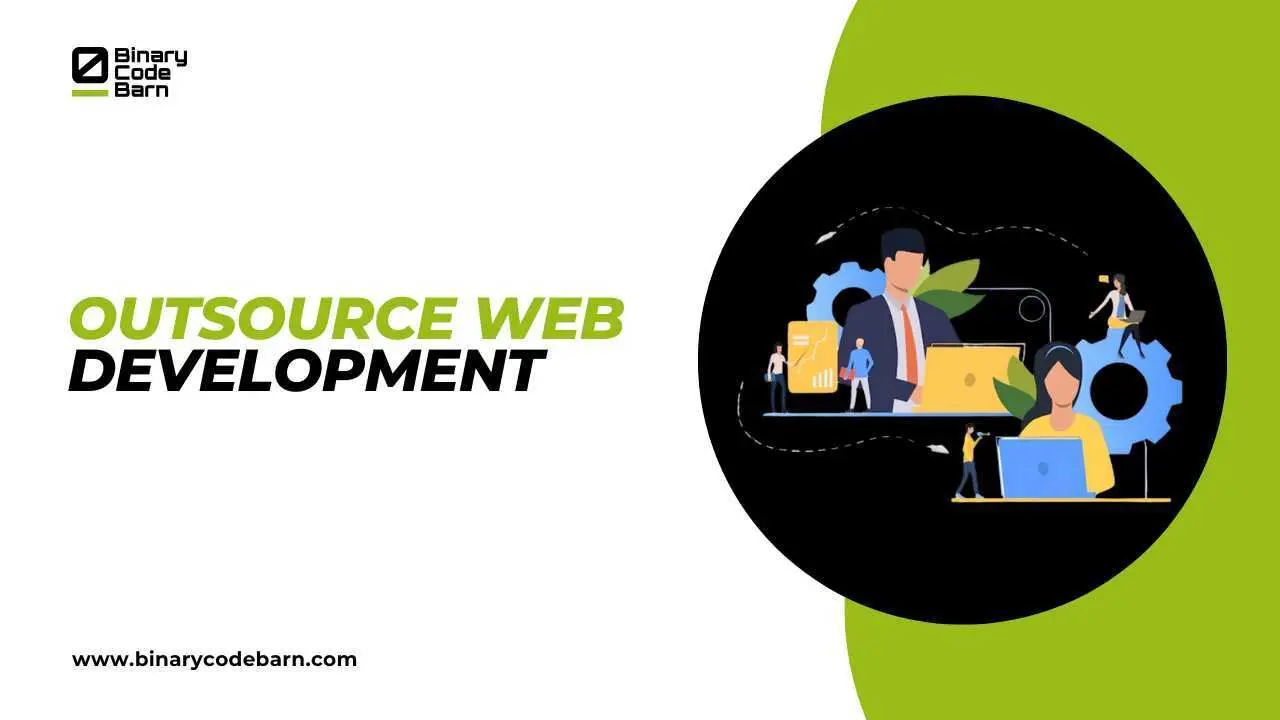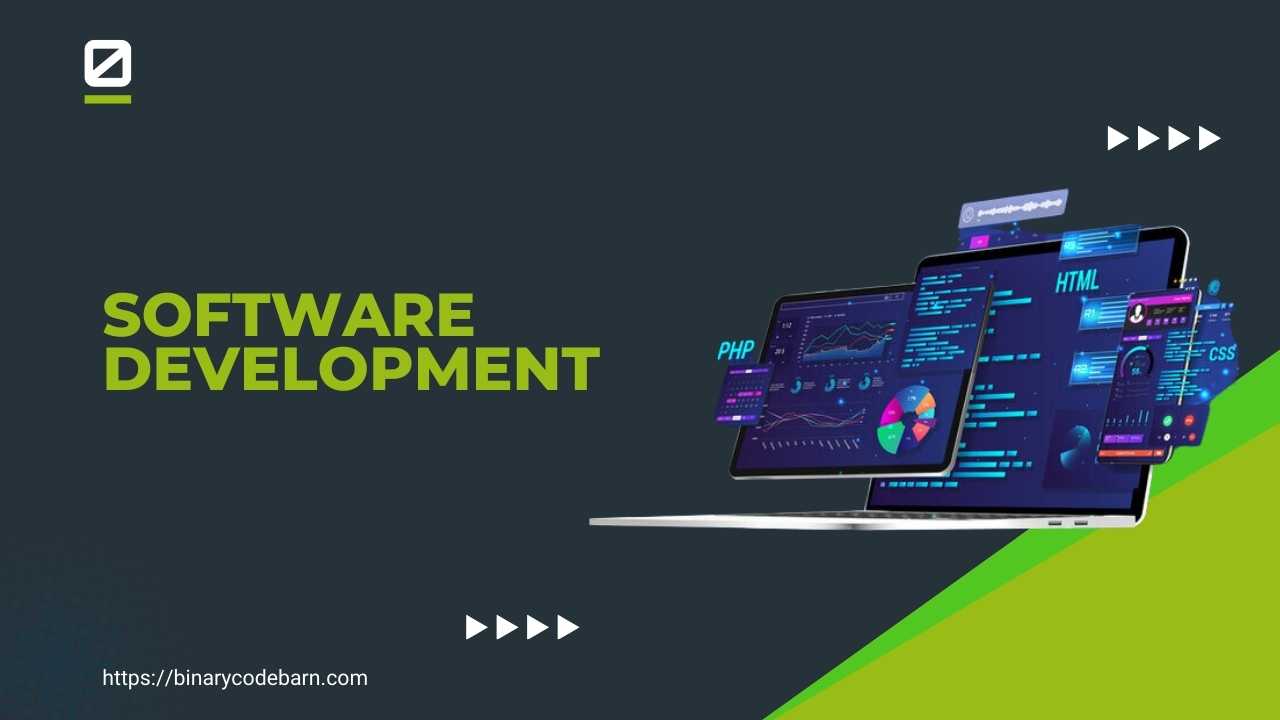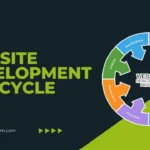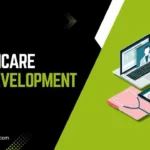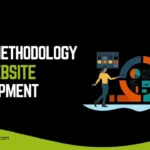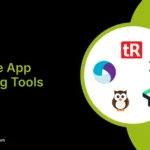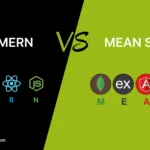Creating a website isn’t just about writing code it’s about crafting a smooth experience that meets users expectations. The Website Development Life Cycle serves as the ultimate blueprint, ensuring clarity, structure and success. From gathering insights and meticulous planning to stunning designs and flawless functionality, WDLC transforms ideas into digital realities. Ready to dive into the process & stages of website development? Let’s explore!
What is the Website Development Life Cycle?
Website Development Life Cycle is a structured method that guides developers and project managers through every stage of building a website or web app. From brainstorming ideas to maintaining it ensures clarity, minimizes errors and delivers optimal results.
Just like a house needs a blueprint, WDLC bridges the gap between client vision and user needs adapting to projects of all sizes. It’s the ultimate roadmap for transforming ideas into seamless digital experiences.
3 Main Layers in Web Development
Before we continue the phases of website development you need to know 3 main layers of web development which are given below:
- Backend (Server-Side): Powers the unseen processes like managing databases, servers, and logic. It’s the backbone of functionality without it, a website is just an empty page.
- Frontend (Client-Side): Focuses on the website look and user experience. Developers use CSS, HTML and JavaScript to create responsive, visually appealing pages that engage users.
- Full Stack: Combines both backend and frontend. Full-stack developers handle everything from UI/UX design to server hosting and database management. Basically bridging the entire web development process.
7 Stages of The Web Development Life Cycle
Time to discuss the main stages of Website Development Life Cycle:
Research and Analysis in Web Development
A successful website starts with understanding its purpose, audience, and objectives. This step ensures that developers and designers are aligned with the clients vision and user needs.
Key Questions to Address
- Purpose: Why is the website being created? Is it informational, promotional or e-commerce?
- Objectives: What goals will it accomplish brand awareness, sales or user engagement?
- Target Audience: Who will use it? Consider their age, preferences, and needs.
- Content: What type of information, promotions, or features will engage the audience?
Skipping this phase leads to unclear goals and subpar results. Thorough research ensures the website resonates with its users and fulfills its purpose.
Planning & Strategy
Planning phase is crucial in laying the groundwork for web development resource planning process. It involves strategizing every aspect from design and technology to content and marketing. During this stage a dedicated team is formed, roles are defined and tasks are delegated.
Sitemap is created to outline the website structure and navigation ensuring an intuitive user experience. Wireframes are designed to visualize the layout and functionality of pages. Key decisions such as selecting the technology stack, defining timelines, estimating resources and setting deliverables are made to streamline process.
Client involvement is essential in this phase to align the blueprint with their vision and expectations. Effective planning ensures the website is not only functional and user-friendly but also achieves its intended goals.
Design and Wireframing
Design phase focuses on creating a visually appealing and user friendly layout for website. This stage transforms the wireframe into a prototype with buttons, tabs, menus, color themes, typography, and graphics. Designers ensure the layout aligns with the brand identity, incorporating logos, colors, and animations to enhance recognition and appeal.
Interactive and engaging elements are crafted based on audience preferences to avoid mundane designs and boost user retention. Prototypes often shared with clients for feedback, provide a preview of the final look.
A well designed website not only captures attention but also builds credibility. As studies show 75% of users judge a company’s credibility based on its design. This phase ensures the website reflects the brand’s vision while fostering trust and engagement.
Content Creation
Content is the cornerstone of website creation process. Beyond aesthetics it’s the bridge that connects your business to its audience. This phase focuses on crafting engaging and purpose-driven content that aligns with your brand.
Key Aspects Include:
- Writing compelling calls to action.
- Crafting creative, attention-grabbing headlines.
- Formatting content for readability and clarity.
- Continuously editing and updating text to stay relevant.
Effective content defines your website’s purpose, showcases your solutions, and builds a direct connection with users. By addressing their needs and providing clear solutions, your content drives engagement and conversions, making it an indispensable part of the development process.
Development
The development stage transforms your designs into a fully functional website. This process involves building both the frontend and backend of the site:
- Frontend Development: Designers turn visual layouts into interactive web pages using HTML, CSS, and JavaScript. Frameworks like Bootstrap enhance responsiveness, while mobile-friendly elements ensure compatibility.
- Backend Development: Developers create the server-side logic, set up databases, and integrate backend functionalities to ensure every feature works seamlessly.
Key components, such as navigation, forms, and shopping carts, are implemented during this phase, ensuring the website aligns with its purpose while delivering a smooth user experience.
Testing and Quality Assurance
The testing phase ensures your website is functional, compatible, and ready for deployment. QA teams conduct comprehensive tests, including unit, stress, integration, and load testing, to identify and eliminate bugs.
Key Areas of Focus:
- Functionality: Verifying all features work as intended.
- Compatibility: Testing across devices, browsers, and platforms.
- Performance: Ensuring the website handles load and stress efficiently.
Starting testing early in the development process minimizes iterations and major design changes. Once the QA team gives approval, the site undergoes final checks for SEO optimization and plugin functionality before deployment to the server.
Maintenance & Updates
The website development life cycle process doesn’t end with deployment; maintenance and updates are essential for ongoing success. Post-deployment tasks include implementing user feedback, updating content, and making necessary modifications to enhance functionality. Regular updates, such as adding new products or features, keep the website engaging and relevant. CMS-driven websites make it easier for clients to edit and refresh content. Continuous maintenance ensures optimal performance, addresses potential issues, and engages both new and returning users. If you’re managing maintenance yourself, or with a web development company, prioritize these services to maintain a seamless user experience.
Technologies Used in Website Development Process
Website development life cycle procedure relies on various technologies to build functional websites & apps. Here’s an overview:
Front End Tech Stack
- HTML: Structures web pages with features like semantic elements, forms, and offline storage
- CSS: Controls visual design, including colors, fonts, animations, and responsive layouts
- JavaScript: Adds interactivity, animations, and dynamic content. Frameworks like React, Angular & Vue.js simplify development
- Frameworks/Libraries: Tools like Bootstrap and Material UI speed up development with pre-built components and responsive grids
Back End Tech Stack
- Server-Side Languages: PHP, Python, Ruby, Java, and C# handle data processing, business logic, and API creation
- Databases: MySQL, PostgreSQL, MongoDB, and others manage data storage and retrieval efficiently
- Web Servers: Apache, Nginx, and IIS manage client-server communication and content delivery
- APIs: REST and GraphQL enable seamless system integration and communication
These technologies ensure robust, scalable, and user-friendly web solutions
Looking For The Best Designers & Developers?
Looking for the best designers and developers? Look no further than Binary Code Barn (BCB). With our team of expert designers and developers, we bring your vision to life. We are here to craft innovative and user-friendly websites that engage and convert. Whether it’s web development, UI/UX design, or custom solutions, BCB ensures quality, creativity, and fast delivery. Let us transform your ideas into seamless digital experiences!
FAQs
What is the Website Development Life Cycle (WDLC)?
WDLC is a structured approach that guides developers through each stage of website creation, ensuring clarity, success, and minimal errors.
What is the difference between front-end and back-end development?
Front-end development focuses on the website’s design and user experience, while back-end development manages databases, servers, and functionality.
What is full-stack development?
Full-stack developers handle both front-end and back-end development, providing complete web solutions.
Why is research and analysis important in website development?
It ensures the website aligns with the client’s goals, audience, and content strategy, leading to better user engagement and results.
What is wireframing in web development?
Wireframing is the process of creating a visual guide that outlines the structure and layout of a website, ensuring a smooth user experience.
What is the role of content creation in website development?
Content provides the messaging that connects the website to its audience, drives engagement, and helps achieve its business goals.
What technologies are used in front-end development?
Front-end development uses HTML, CSS, JavaScript, and frameworks like React, Angular, and Vue.js for building interactive and responsive web pages.
How do you test a website?
Testing includes functionality checks, compatibility across devices and browsers, and performance testing to ensure the site runs smoothly.
Why is website maintenance important?
Ongoing maintenance ensures the website stays updated, fixes any bugs, and remains relevant with fresh content.
What is the difference between a static and dynamic website?
Static websites display fixed content, while dynamic websites can interact with users, offering real-time updates and personalized experiences.
